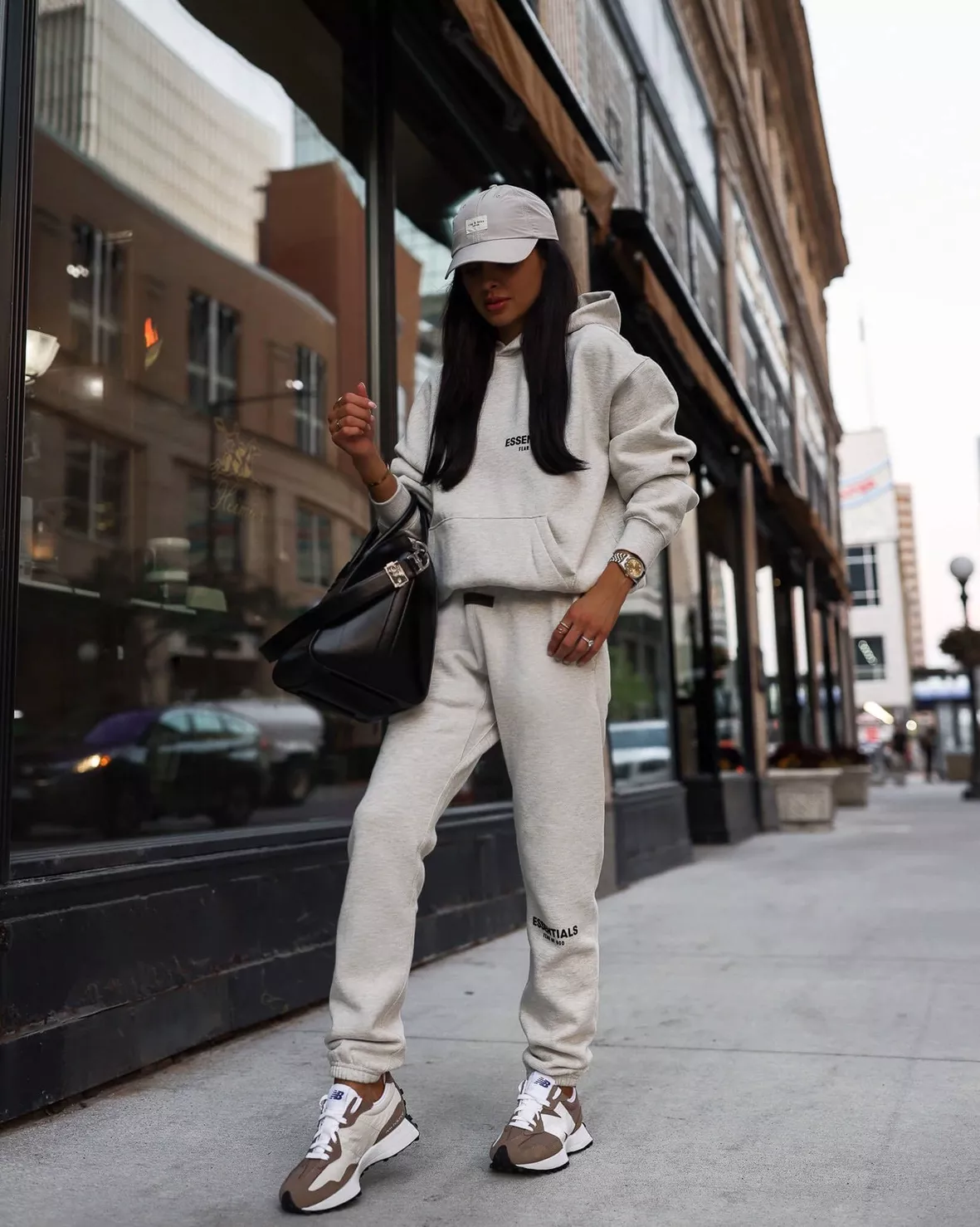
The Rise of Circular Fashion
Circular fashion represents a significant shift in the fashion industry, focusing on sustainable practices that minimize waste and maximize the lifecycle of products. Visit now https://www.sp5derhoodieshop.net/ As the world becomes more conscious of environmental impacts, the potential of circular fashion is immense. However, despite its promise, there are several challenges that must be addressed to fully realize this potential.
Circular fashion is gaining traction as a response to the growing concerns over the environmental impact of the traditional fashion industry. The concept revolves around the idea of designing, producing, and consuming clothing in a way that extends the life of materials and reduces waste. This approach challenges the conventional linear fashion model, where clothes are produced, used, and then discarded.
Sustainability at Its Core
At the heart of circular fashion is sustainability. This movement encourages brands to adopt eco-friendly materials, ethical production processes, and recycling or upcycling practices. The goal is to create a closed-loop system where products are designed for durability, longevity, and recyclability. By doing so, the fashion industry can significantly reduce its carbon footprint and resource consumption.
The Growing Consumer Demand
Consumer awareness is driving the demand for circular fashion. More people are seeking sustainable alternatives to fast fashion, which has long been criticized for its environmental and social consequences. Brands that embrace circular fashion are not only meeting this demand but are also positioning themselves as leaders in a rapidly changing market.
Challenges Facing Circular Fashion
Despite the promising potential, several challenges hinder the widespread adoption of circular fashion. These obstacles must be addressed to unlock the full benefits of this sustainable approach.
1. High Production Costs
One of the most significant challenges is the higher cost associated with producing circular fashion. Sustainable materials and ethical production processes often come at a premium compared to conventional methods. This can make circular fashion less accessible to a broader audience, particularly in a market dominated by fast fashion’s low prices.
2. Limited Infrastructure for Recycling and Upcycling
Another challenge is the limited infrastructure for recycling and upcycling textiles. While some regions have established facilities, many areas lack the necessary systems to support circular fashion fully. This limitation hinders the ability to recycle garments effectively and creates a bottleneck in the circular supply chain.
3. Consumer Behavior and Awareness
While consumer demand for sustainable fashion is growing, there is still a significant portion of the market that prioritizes cost and convenience over sustainability. Changing consumer behavior is crucial for the success of circular fashion. Educating consumers about the benefits of sustainable fashion and encouraging them to make more conscious choices is essential. Check it now https://essentialsfogclothing.store/
4. Technological Limitations
The current technological limitations also pose a challenge to circular fashion. Developing new materials and processes that are both sustainable and cost-effective requires significant investment in research and development. Additionally, the technology needed to recycle garments back into high-quality materials is still in its infancy and requires further advancement.
5. Policy and Regulatory Barriers
Regulatory frameworks often lag behind the innovations in circular fashion. Policies that support sustainable practices, such as incentives for using recycled materials or penalties for waste, are crucial for promoting circular fashion. However, the lack of consistent global regulations creates challenges for brands operating across different regions.
Opportunities for Overcoming Challenges
Despite these challenges, there are several opportunities for the fashion industry to overcome the barriers to circular fashion.
1. Innovation in Sustainable Materials
Investing in the development of new, sustainable materials is key to reducing production costs and making circular fashion more accessible. Innovations such as biodegradable fabrics, bio-based materials, and advanced recycling technologies hold the promise of revolutionizing the industry.
2. Building Robust Recycling Infrastructure
To support circular fashion, it is essential to build a robust recycling and upcycling infrastructure. This includes not only physical facilities but also systems for collecting and sorting used garments. Collaboration between governments, brands, and consumers is necessary to create an efficient circular system.
3. Consumer Education and Engagement
Educating consumers about the impact of their fashion choices and the benefits of circular fashion can drive behavioral change. Brands can play a crucial role by providing transparent information about their sustainable practices and encouraging responsible consumption.
4. Technological Advancements
Continued investment in technology is vital for overcoming the challenges of circular fashion. This includes improving recycling processes, developing new materials, and creating more efficient production methods. As technology advances, it will become easier and more cost-effective to implement circular practices.
5. Advocacy for Supportive Policies
Advocating for policies that support circular fashion is another critical step. Brands, consumers, and environmental organizations can push for regulations that encourage sustainable practices and penalize waste. Consistent global standards would also help create a level playing field for all players in the industry.
The Future of Circular Fashion
The future of circular fashion is promising, with the potential to transform the fashion industry into a more sustainable and ethical space. However, realizing this potential requires overcoming significant challenges. By addressing the high production costs, improving recycling infrastructure, changing consumer behavior, advancing technology, and advocating for supportive policies, the fashion industry can fully embrace the circular model.
Conclusion
Circular fashion holds immense promise for a more sustainable future in the fashion industry. While challenges exist, they are not insurmountable. Through innovation, collaboration, and education, the industry can overcome these obstacles and pave the way for a circular fashion future.